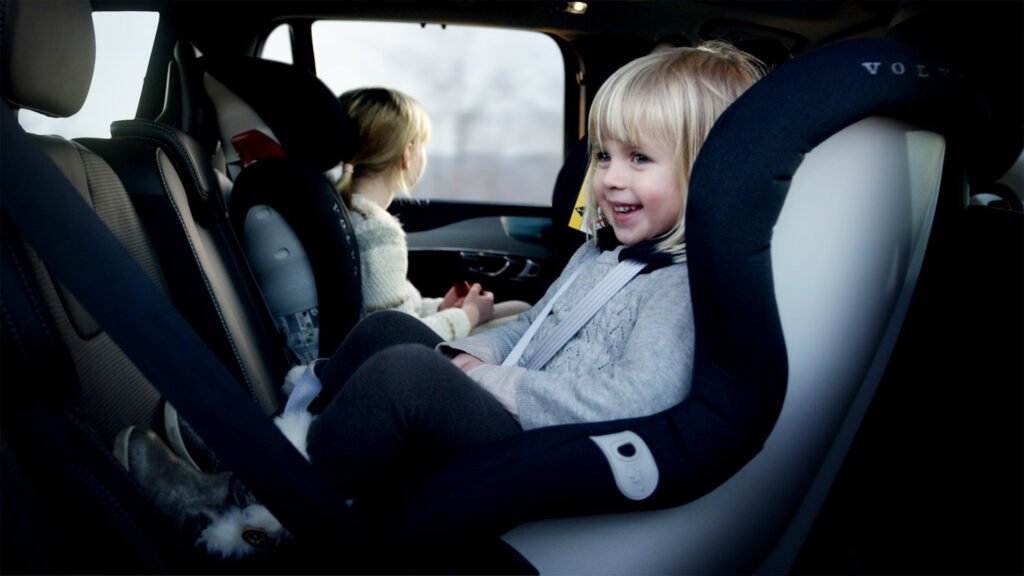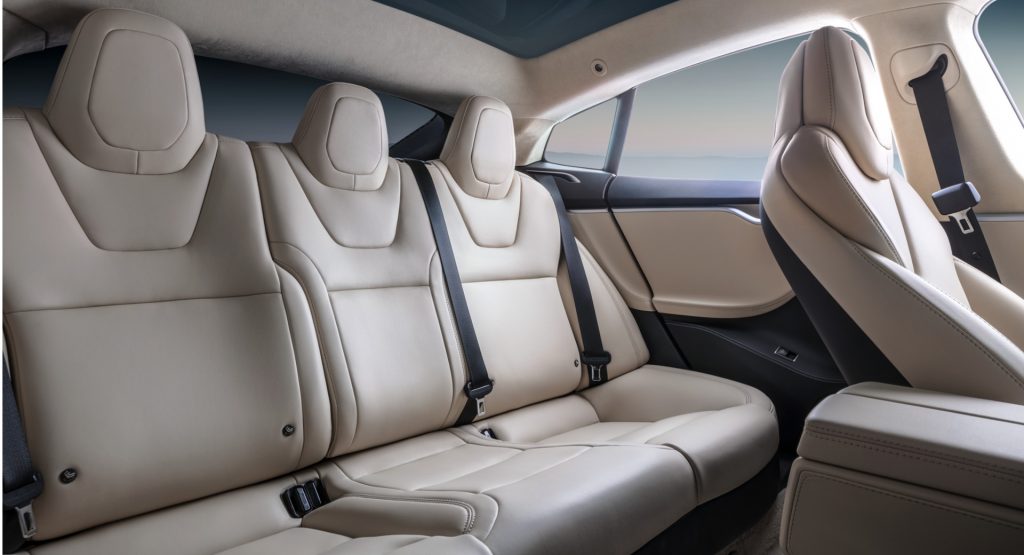

- Last year, 39 children in the US died after being left in hot cars.
- At least one child is killed every year in temperatures below 80 degrees.
- On hot days, the inside of a car can reach upwards of 140 degrees.
Many car manufacturers have been trying to end child deaths in hot cars in recent years, but shocking new data reveals there was a dramatic 35% spike in these incidents across the US last year. This has sparked calls from the American Automobile Association, urging parents and caregivers to be extra alert while driving with vehicles in the back seat.
Data from the National Highway Traffic Safety Administration has revealed that in 2024, 39 children across the United States died in hot cars. This was a large increase over the 29 deaths reported in 2023 and above the yearly average of 37. Parents need to be alert in even mild conditions, says the AAA.
Read: Dead Tesla Traps Toddler In Hot Car, Raises Concerns About Electric Doors
Last year, a two-month-old died on a 77-degree day. At least one child has died from heatstroke in each of the past 11 years in temperatures ranging from 70 to 80 degrees Fahrenheit, exemplifying just how quickly the inside of a car can heat up. On a normal 80-degree summer day, it takes just 10 minutes for the cabin of the average car to climb to 100 degrees. It can then hit 109 degrees in just 20 minutes.
Things are even worse on hotter days, allowing car interiors to quickly heat up to upwards of 140 degrees. At those temperatures, not even cracking open a window is enough.
The spike in hot car deaths over the last year comes despite many new cars now coming standard with rear seat alert reminders, designed to remind motorists to check the back seats before exiting.

The AAA reports that more than 52% of recent hot car deaths are caused by a caregiver completely forgetting a child in their car. A further 22% result from a caregiver knowingly leaving a child inside, perhaps while running a quick errand. Possibly most disheartening is that almost 25% of hot car deaths are caused by a child gaining access to a vehicle without an adult’s knowledge and getting trapped inside.
Parents and guardians are being urged to check their vehicles before leaving. One good way to remind yourself to look in the backseat is to keep a personal item there, perhaps a purse or a wallet. It’s also important to keep your car locked to ensure a child cannot jump inside behind your back.



